
Programming Interactivity. A Designer's Guide to Processing, Arduino, and openFrameworks. 2nd Edition Joshua Noble
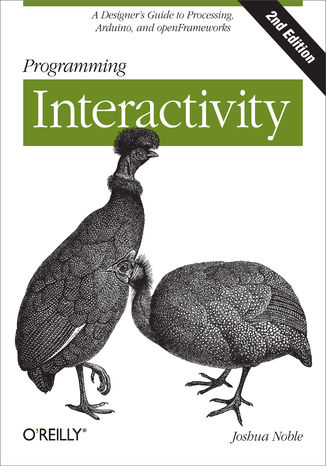



- Autor:
- Joshua Noble
- Wydawnictwo:
- O'Reilly Media
- Ocena:
- Stron:
- 728
- Dostępne formaty:
-
ePubMobi
 opcje wysyłki »
opcje wysyłki »
Opis
książki
:
Programming Interactivity. A Designer's Guide to Processing, Arduino, and openFrameworks. 2nd Edition
Ready to create rich interactive experiences with your artwork, designs, or prototypes? This is the ideal place to start. With this hands-on guide, you’ll explore several themes in interactive art and design—including 3D graphics, sound, physical interaction, computer vision, and geolocation—and learn the basic programming and electronics concepts you need to implement them. No previous experience is necessary.
You’ll get a complete introduction to three free tools created specifically for artists and designers: the Processing programming language, the Arduino microcontroller, and the openFrameworks toolkit. You’ll also find working code samples you can use right away, along with the background and technical information you need to design, program, and build your own projects.
- Learn cutting-edge techniques for interaction design from leading artists and designers
- Let users provide input through buttons, dials, and other physical controls
- Produce graphics and animation, including 3D images with OpenGL
- Use sounds to interact with users by providing feedback, input, or an element they can control
- Work with motors, servos, and appliances to provide physical feedback
- Turn a user’s gestures and movements into meaningful input, using Open CV
Wybrane bestsellery
O'Reilly Media - inne książki
Dzięki opcji "Druk na żądanie" do sprzedaży wracają tytuły Grupy Helion, które cieszyły sie dużym zainteresowaniem, a których nakład został wyprzedany.
Dla naszych Czytelników wydrukowaliśmy dodatkową pulę egzemplarzy w technice druku cyfrowego.
Co powinieneś wiedzieć o usłudze "Druk na żądanie":
- usługa obejmuje tylko widoczną poniżej listę tytułów, którą na bieżąco aktualizujemy;
- cena książki może być wyższa od początkowej ceny detalicznej, co jest spowodowane kosztami druku cyfrowego (wyższymi niż koszty tradycyjnego druku offsetowego). Obowiązująca cena jest zawsze podawana na stronie WWW książki;
- zawartość książki wraz z dodatkami (płyta CD, DVD) odpowiada jej pierwotnemu wydaniu i jest w pełni komplementarna;
- usługa nie obejmuje książek w kolorze.
Masz pytanie o konkretny tytuł? Napisz do nas: sklep@helion.pl
Książka drukowana


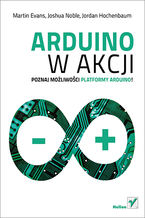


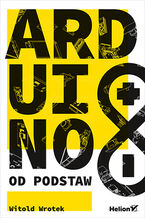
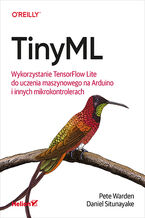
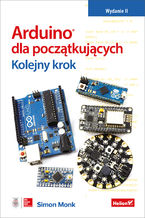
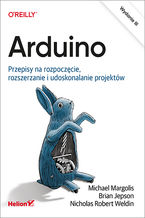
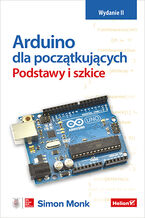
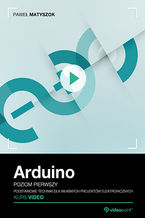
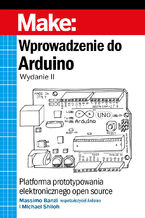
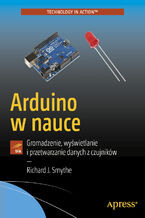






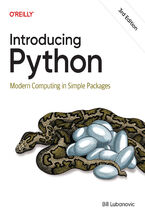

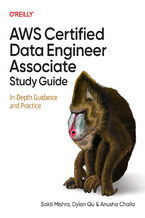
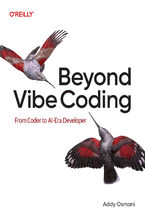
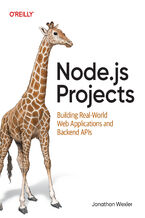

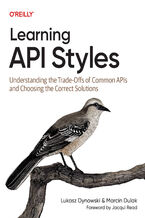
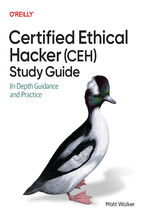
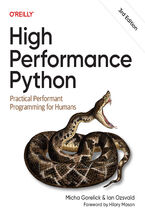
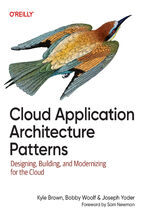
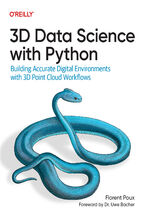



Oceny i opinie klientów: Programming Interactivity. A Designer's Guide to Processing, Arduino, and openFrameworks. 2nd Edition Joshua Noble
(0)